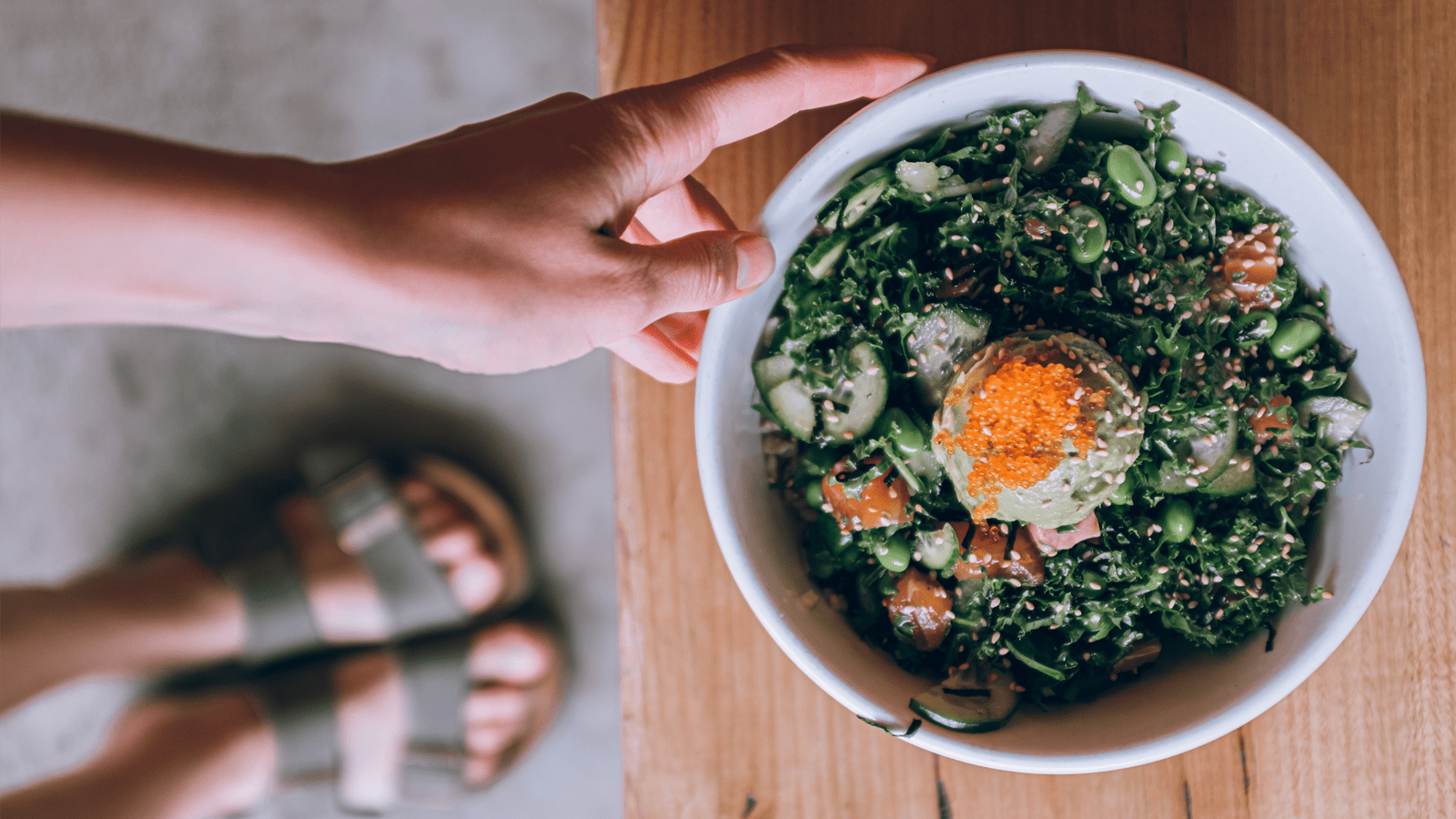Health & SafetyHelp Your Off-Campus Student Eat Healthier with One-Pot Cooking
Guest Contributor

By Meg Barnhart & Jane McKay, Zen of Slow Cooking
Due to COVID-19, more college students will be living in off-campus housing this year — and without those convenient residential meal plans, they’ll need to learn their way around the kitchen.
One of the best ways parents can help their students whip up healthy, inexpensive meals? Gift them with a slow cooker or Instant Pot, plus some starter tips for one-pot cooking.
One-pot cooking is ideal for college students, because no matter how basic their kitchen skills are, they can certainly chop things up and toss them in a pot. It’s also extremely schedule-friendly — students can start the slow cooker before heading out for a day of classes, or fire up the Instant Pot upon their return, for a freshly cooked meal that’s ready in one-third the usual time.
One-Pot Cooking is Healthy and Affordable
More than fast and easy, one-pot cooking offers significant health benefits. Not only are the ingredients wholesome — vegetables, proteins, whole grains — but more nutrients are preserved during both the slow cooking and pressure cooking process. There are many great vegan and vegetarian one-pot recipes, too.
And when it comes to affordability, many one-pot recipes will yield 4–6 servings for under $20. With proper food storage, even the most budget-challenged students can eat delicious, nutritious meals night after night.
What’s the best way to go, appliance wise? Slow cookers (like Crock-Pot®) start at about $20, while multi-cookers (like Instant Pot®) start at $79. While multi-cookers offer a built-in sauté function, we’ve found our own kids prefer the classic slow cooker, because it fills the air with delicious aromas that create a sense of emotional well-being. So, it’s healthy for both body and soul!
Beginner's Tips for One-Pot Cooking
By following some basic rules like these — and knowing what to buy — students can become proficient one-pot cooks in no time:
- Treat chopping time as quality time. Instead of rushing through your food prep, take your time while chopping up ingredients. It typically takes just 5–10 minutes anyway, and you can use the time to settle your mind or plan your day.
- Start with a good olive oil. We like virgin olive oils because they aren’t refined or processed. Both light and dark oils work; dark oils have more flavor.
- Invest in some hardworking spices. A few tried-and-true blends of spices are the key to infusing simple dishes with flavor, and long cooking times bring out those flavors. For Italian dishes, oregano and basil are a must. For Indian dishes, choose Madras curry powder and Garam Masala blends. Thyme is ideal for French-inspired recipes. For guaranteed success, try pre-packaged spice blends that come packaged with recipes.
- Keep beans on hand. Whether canned or dried, beans are a one-pot cooking staple. Canned beans are a pantry essential and provide much-needed protein and complex carbohydrates. Dried beans are more economical, and because they require longer cooking times, they’re ideal for slow and pressure cooking. (1 cup of dried beans is the equivalent of 3 cups cooked, or approximately 2 cans.)
- Buy cheaper cuts of meat. How convenient is this: the best cuts of meat for slow cooking are also the least expensive; for example, beef chuck, pork shoulder and chicken thighs, all which have more muscle and fat than leaner cuts. You can still use those leaner cuts, such as chicken breast and pork loin, but you’ll need to shorten your cook times accordingly because they cook up faster.
- Stock up on root vegetables. Root veggies like onions, carrots and celery make a great base for many one-pot dishes. Squash, pumpkin and sweet potatoes are also great go-tos for frequent one-pot cooks.
- Take food storage seriously. To get the most from leftovers, store them properly. We like glass, vacuum-packed containers, but there are many options. Before storing, allow food to cool completely, and when you put the lid on, press all the air out. Eco-friendly lunch carriers are ideal for those long, class-packed days that every student seems to end up with.
- Think beyond dinner. Don’t limit one-pot cooking to dinner. It’s great for creating hearty breakfasts (i.e., overnight oatmeal), packed lunches (such as beans used in salads and wraps) and great hot meals to-go (like a fortifying thermos of soup to sustain you through killer classes).
- Develop a love of cookbooks. Cookbooks are not only inspiring, they will hold you in good stead over time. Look for those written expressly for college students or featuring recipes with, say, five ingredients or less.
- Feed your social circle. Although larger events are on hold right now due to COVID, students will still gather in small groups — and nothing brings people together like food. Why not slow-cook some soup for your socially-distanced study group, or whip up a pot of chili for a Netflix binge with your bestie?
In short, while ordering take-out is a nice treat, on a daily basis, it’s not generally healthy for one’s body or budget. One-pot cooking allows students to eat well affordably. Beyond that, it may serve as a stepping stone to developing an important life skill — or even a future lifelong passion.
 Meg Barnhart and Jane McKay are co-creators of Zen of Slow Cooking, which strives to make delicious home-cooking simple. After launching a food blog in 2012, they created a line of globally inspired spice blends for slow cookers, multi-cookers and even Dutch ovens. For recipes or to learn more about their mission — bringing people together over easy, irresistible meals — visit zenofslowcooking.com.
Meg Barnhart and Jane McKay are co-creators of Zen of Slow Cooking, which strives to make delicious home-cooking simple. After launching a food blog in 2012, they created a line of globally inspired spice blends for slow cookers, multi-cookers and even Dutch ovens. For recipes or to learn more about their mission — bringing people together over easy, irresistible meals — visit zenofslowcooking.com.
We participate in the Amazon Services LLC Associates Program and receive a small fee when purchases are made through links to Amazon.com and affiliated sites.
Join Our College Parent Newsletter!
Get stories and expert advice on all things related to college and parenting.
We love bringing you stories from a wide variety of authors. See more information about this story's author in the body of the post.


 Meg Barnhart and Jane McKay are co-creators of Zen of Slow Cooking, which strives to make delicious home-cooking simple. After launching a food blog in 2012, they created a line of globally inspired spice blends for slow cookers, multi-cookers and even Dutch ovens. For recipes or to learn more about their mission — bringing people together over easy, irresistible meals — visit zenofslowcooking.com.
Meg Barnhart and Jane McKay are co-creators of Zen of Slow Cooking, which strives to make delicious home-cooking simple. After launching a food blog in 2012, they created a line of globally inspired spice blends for slow cookers, multi-cookers and even Dutch ovens. For recipes or to learn more about their mission — bringing people together over easy, irresistible meals — visit zenofslowcooking.com.